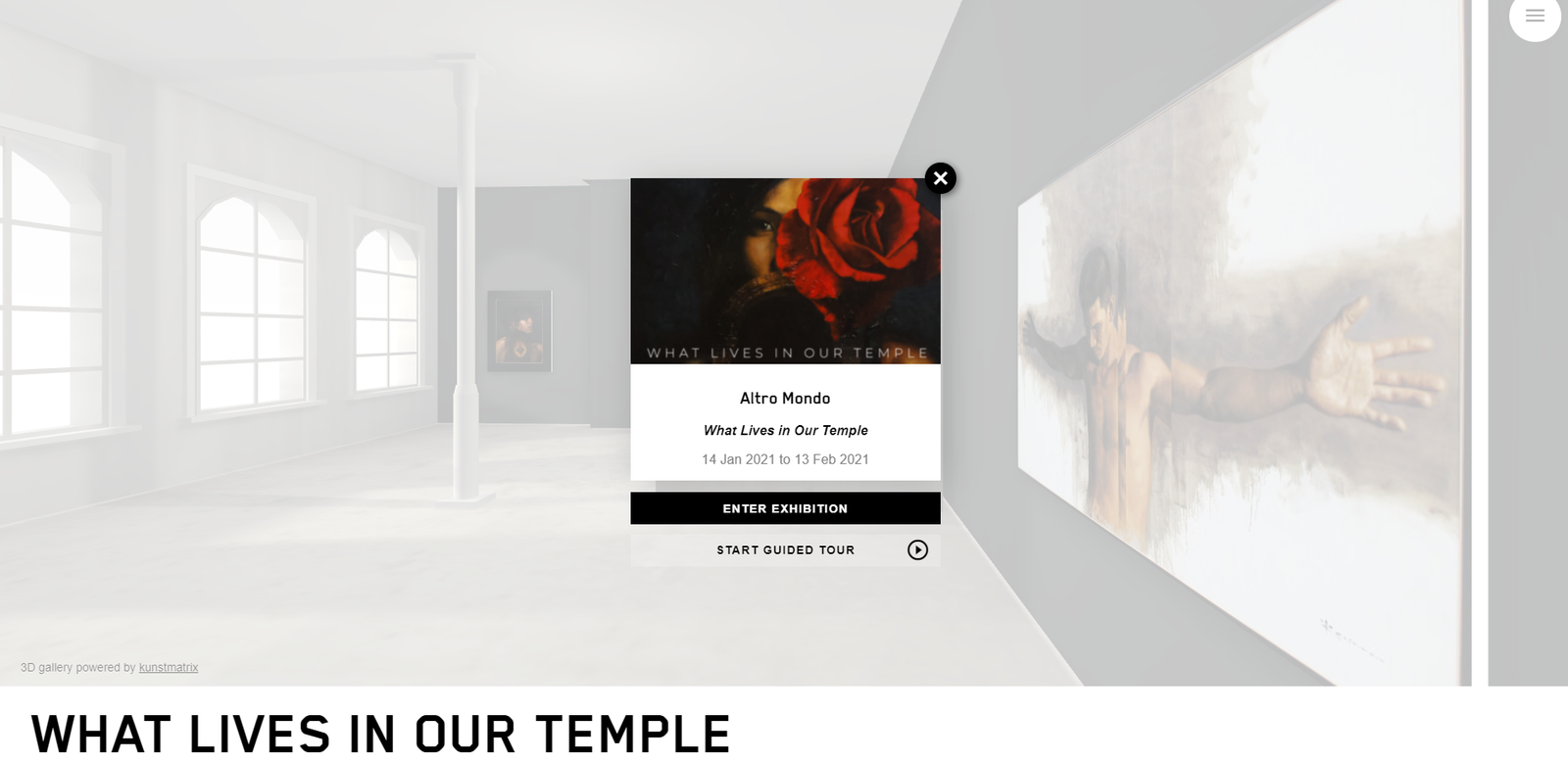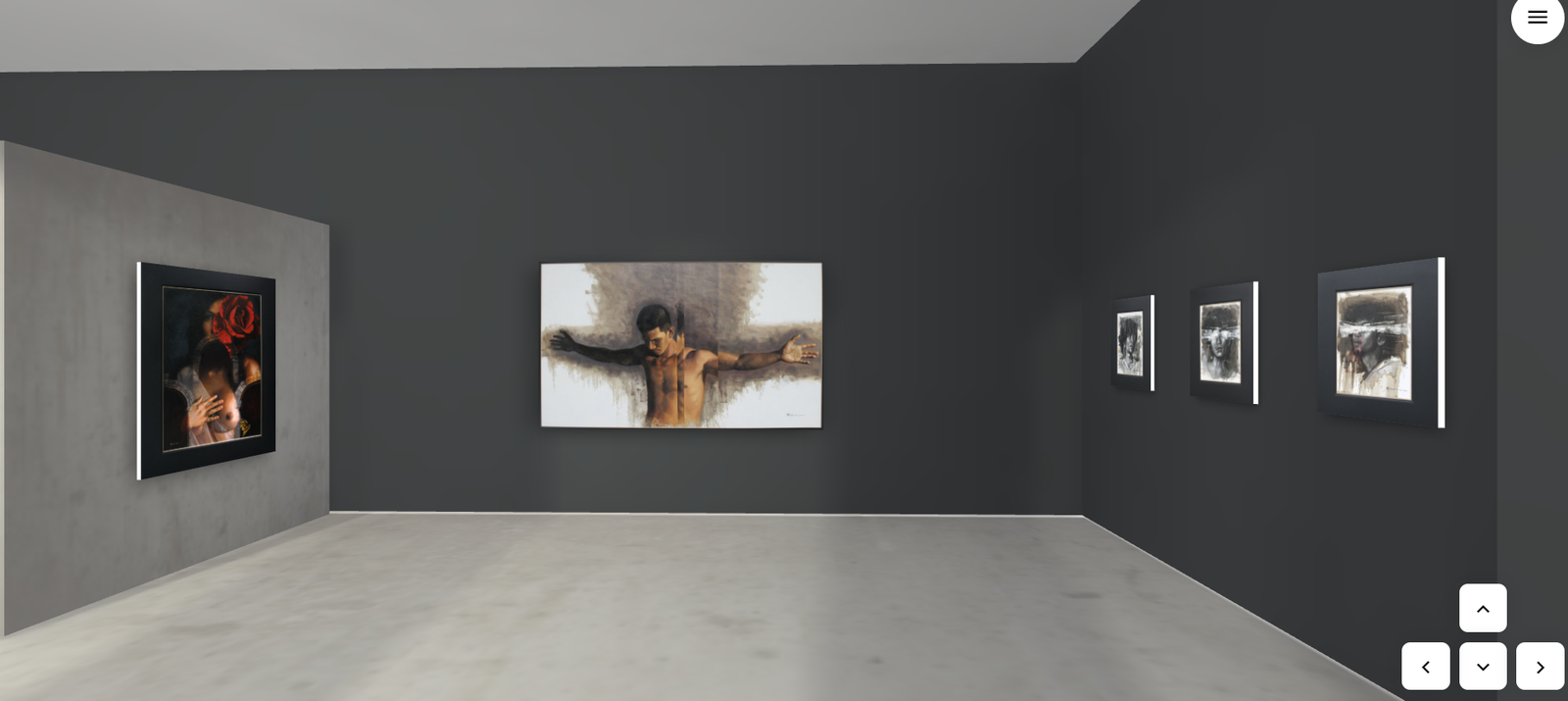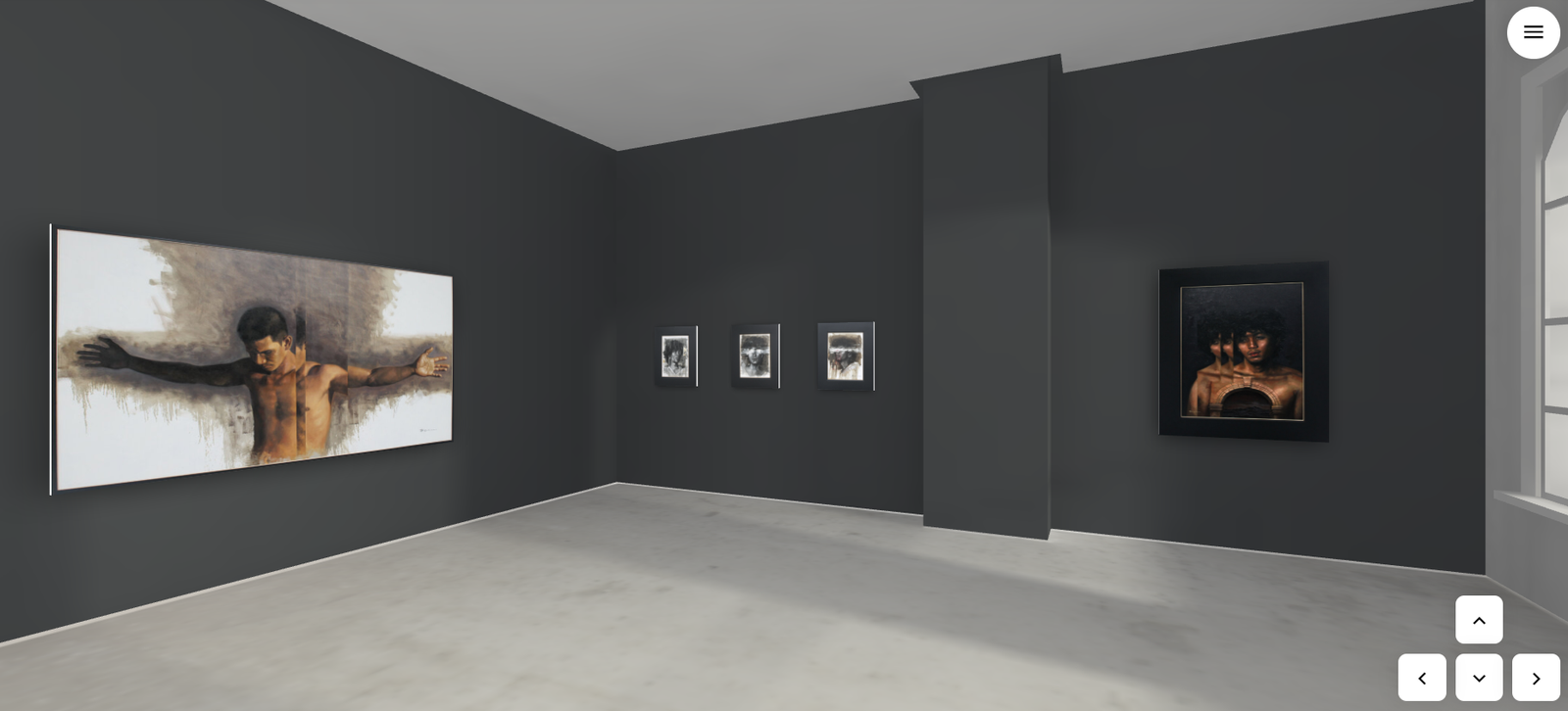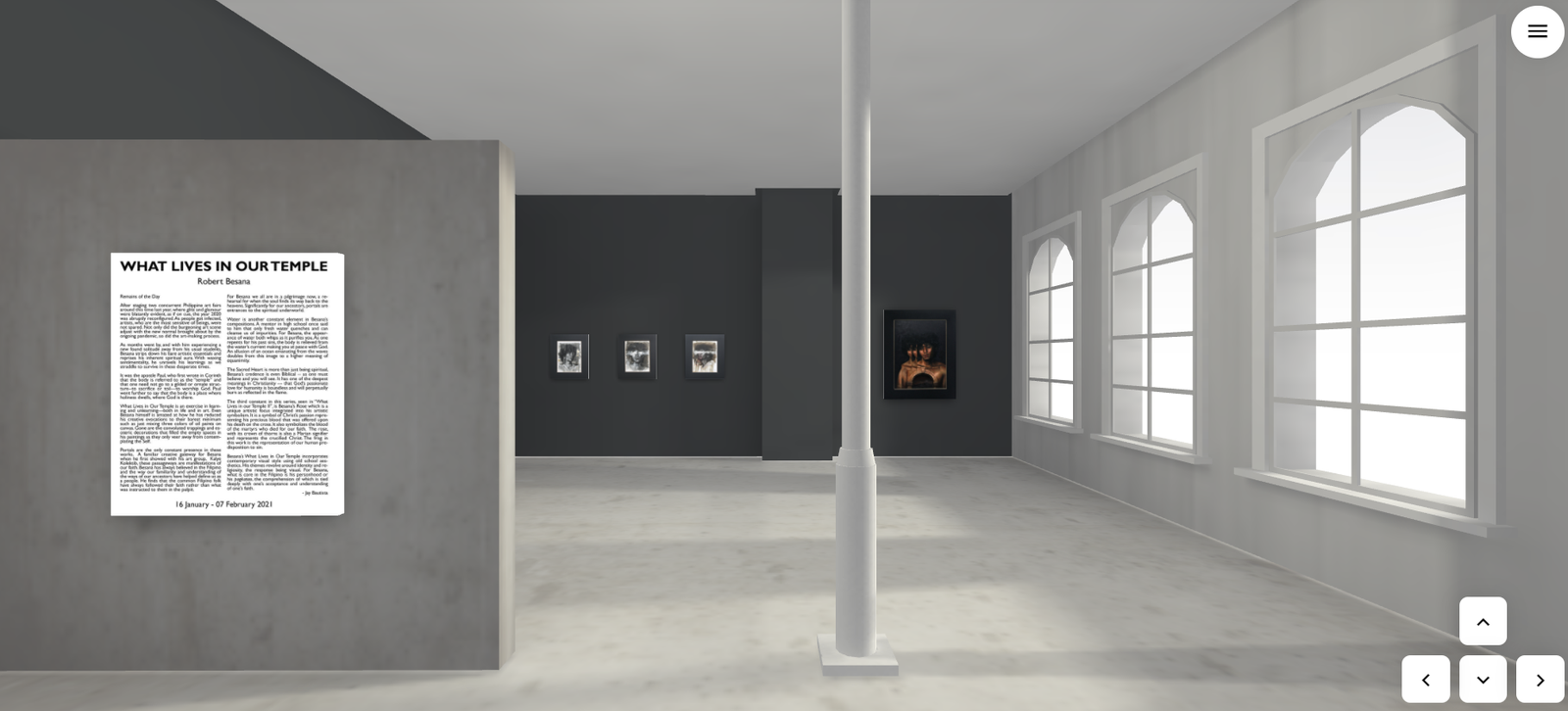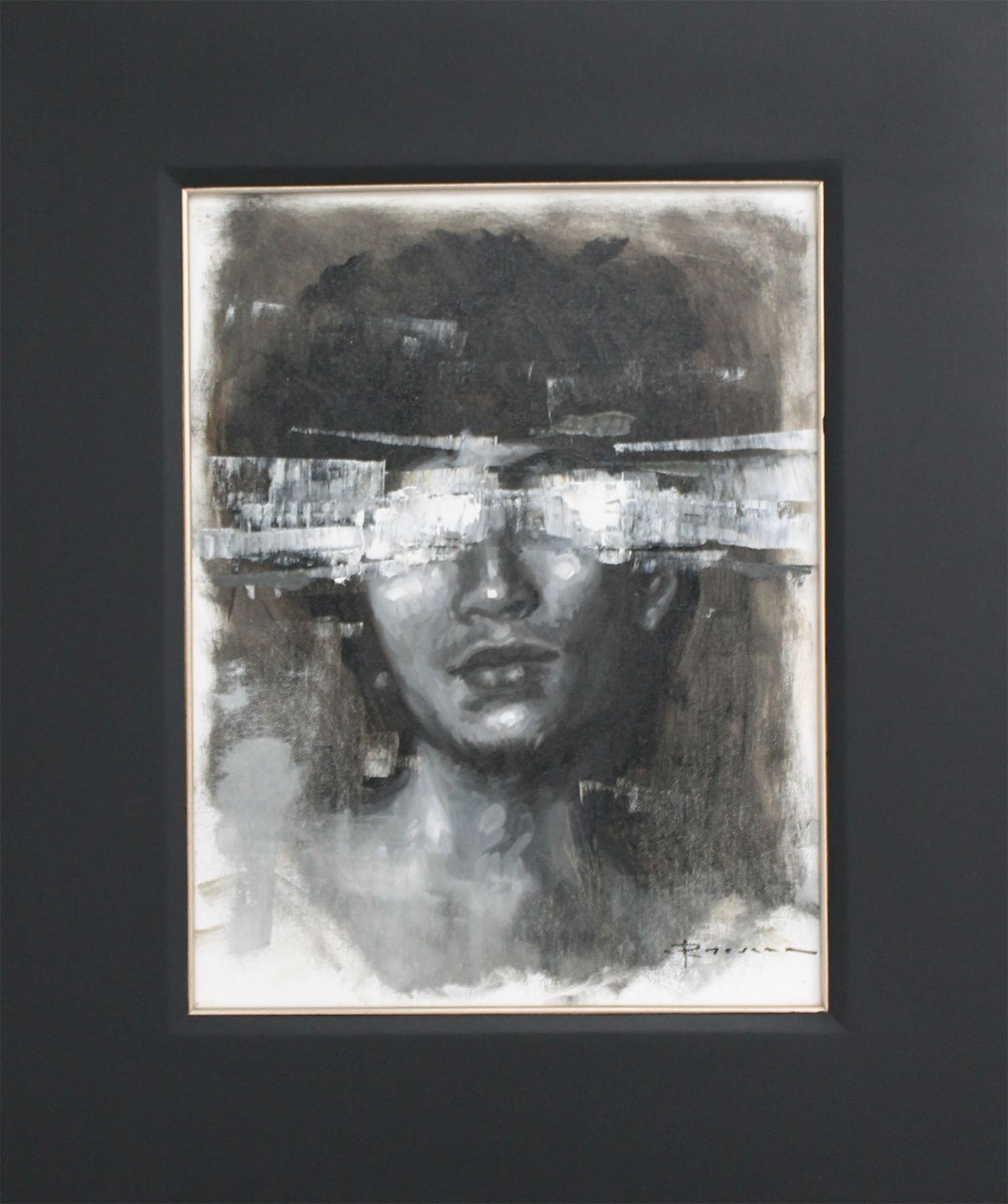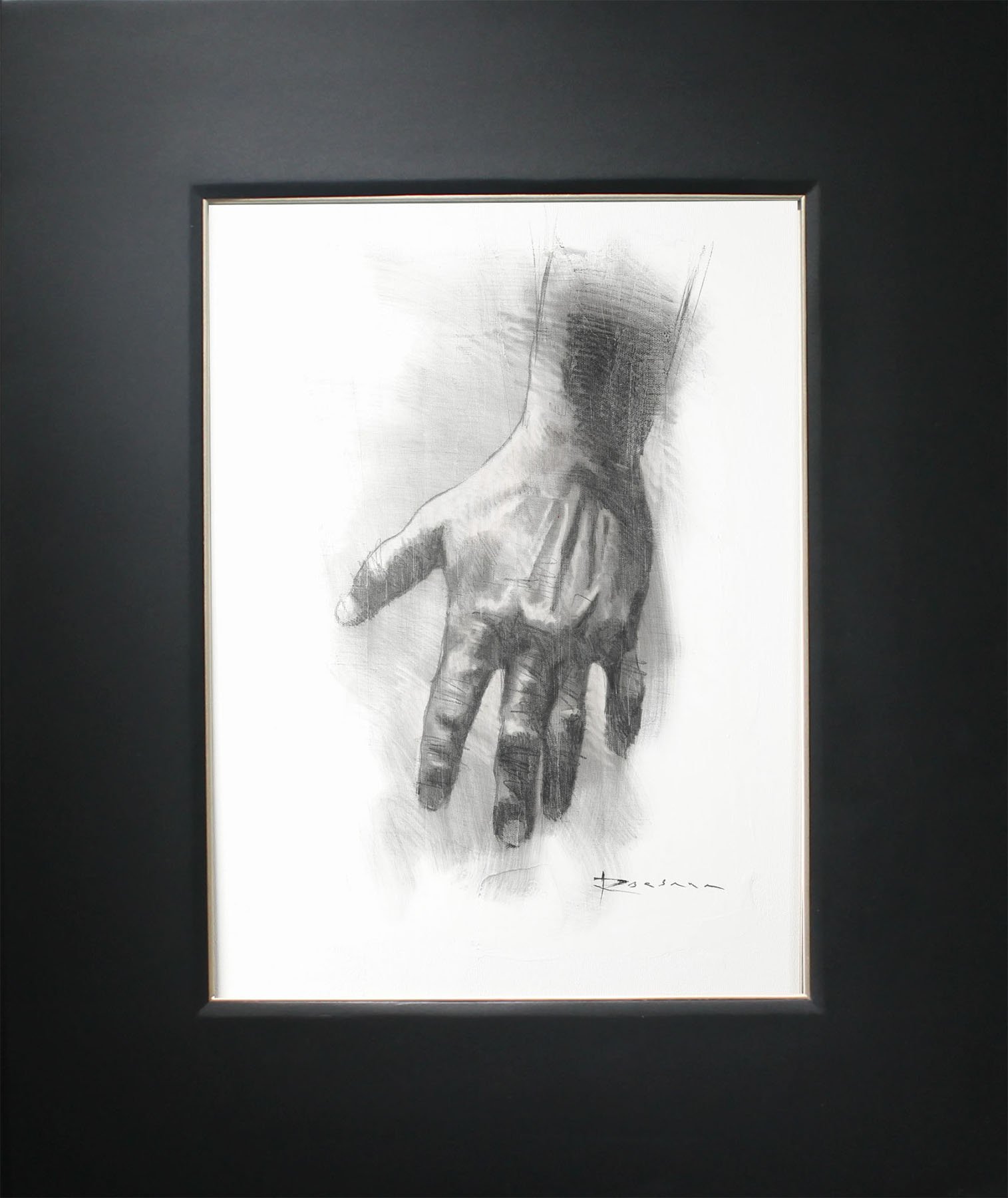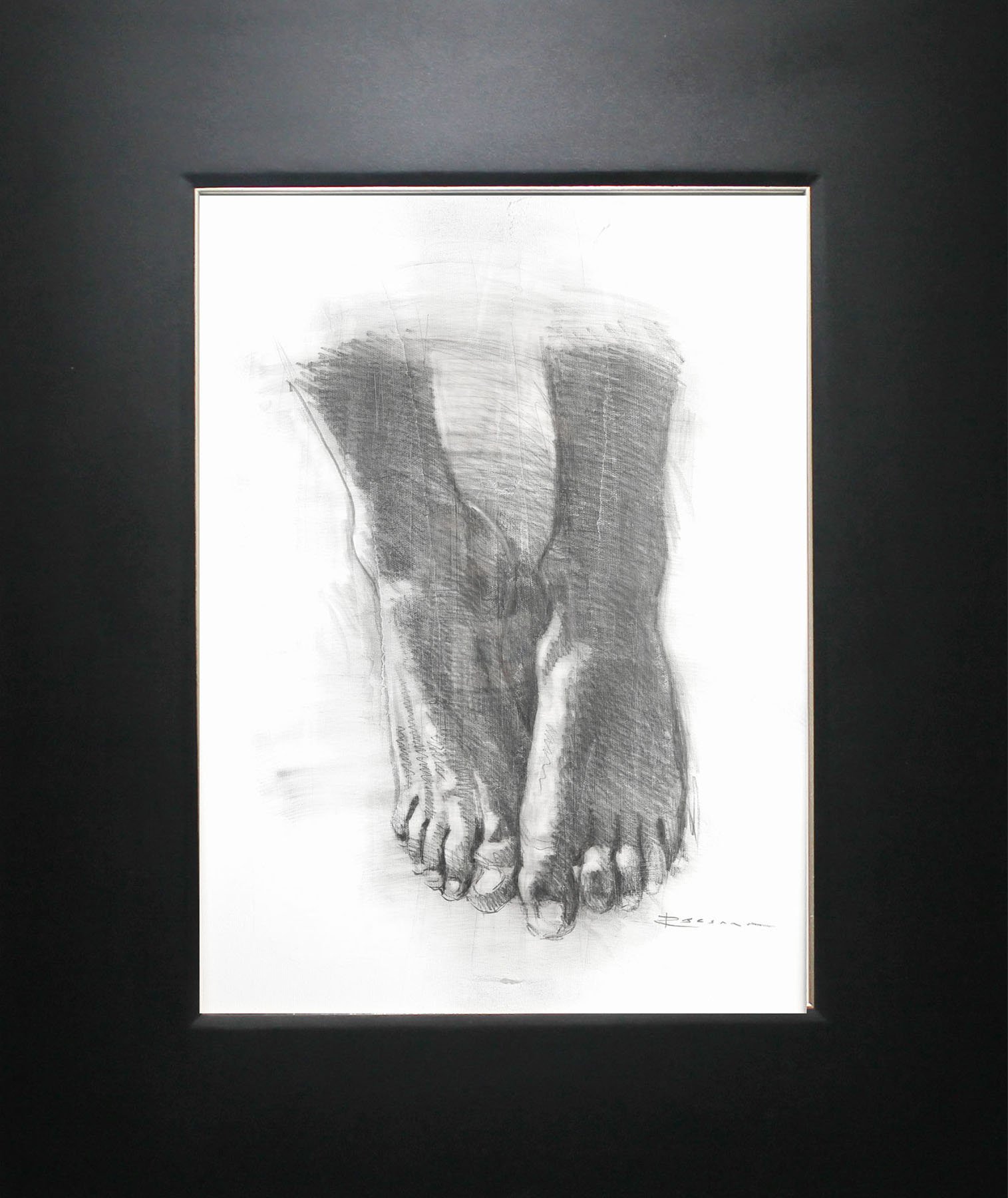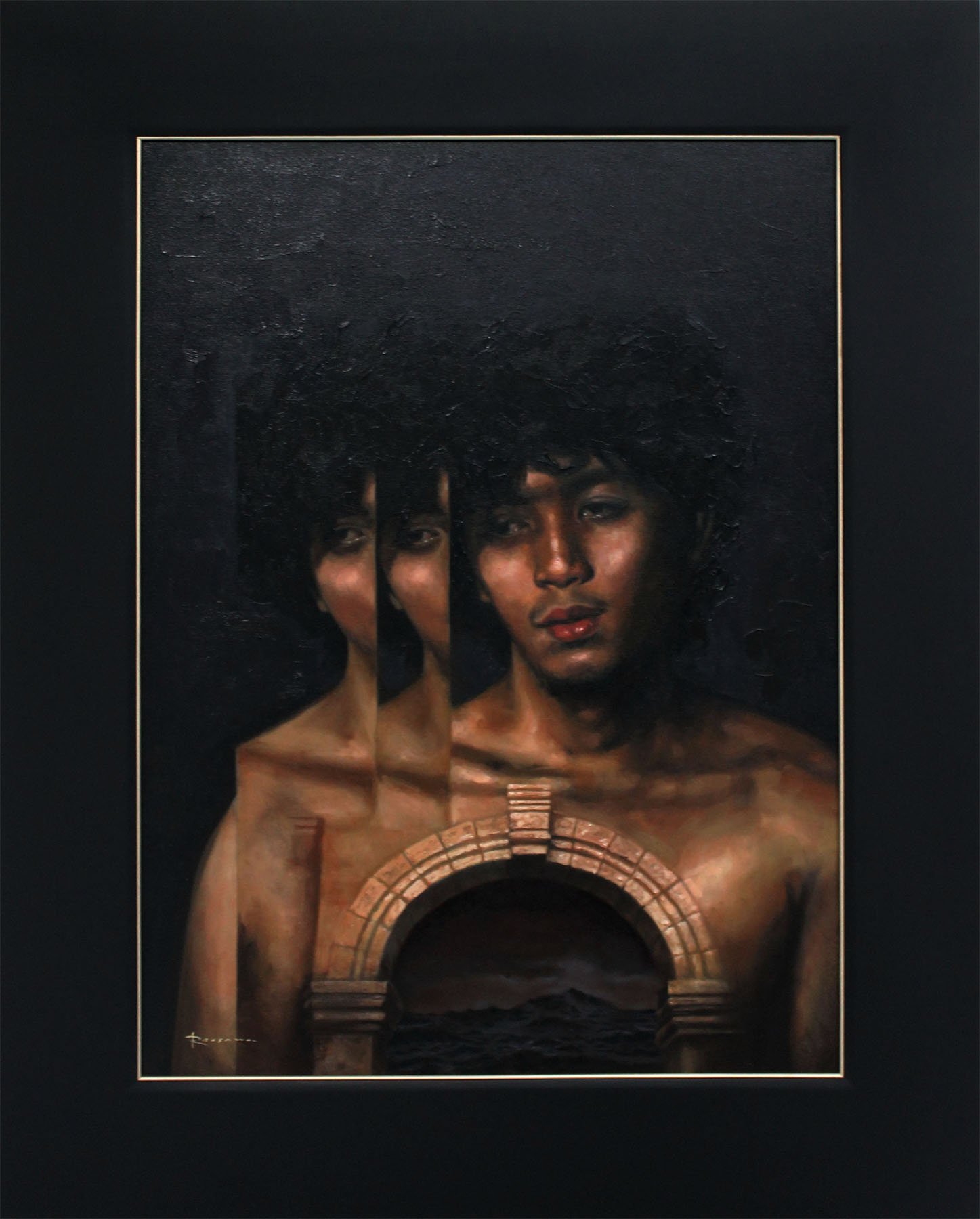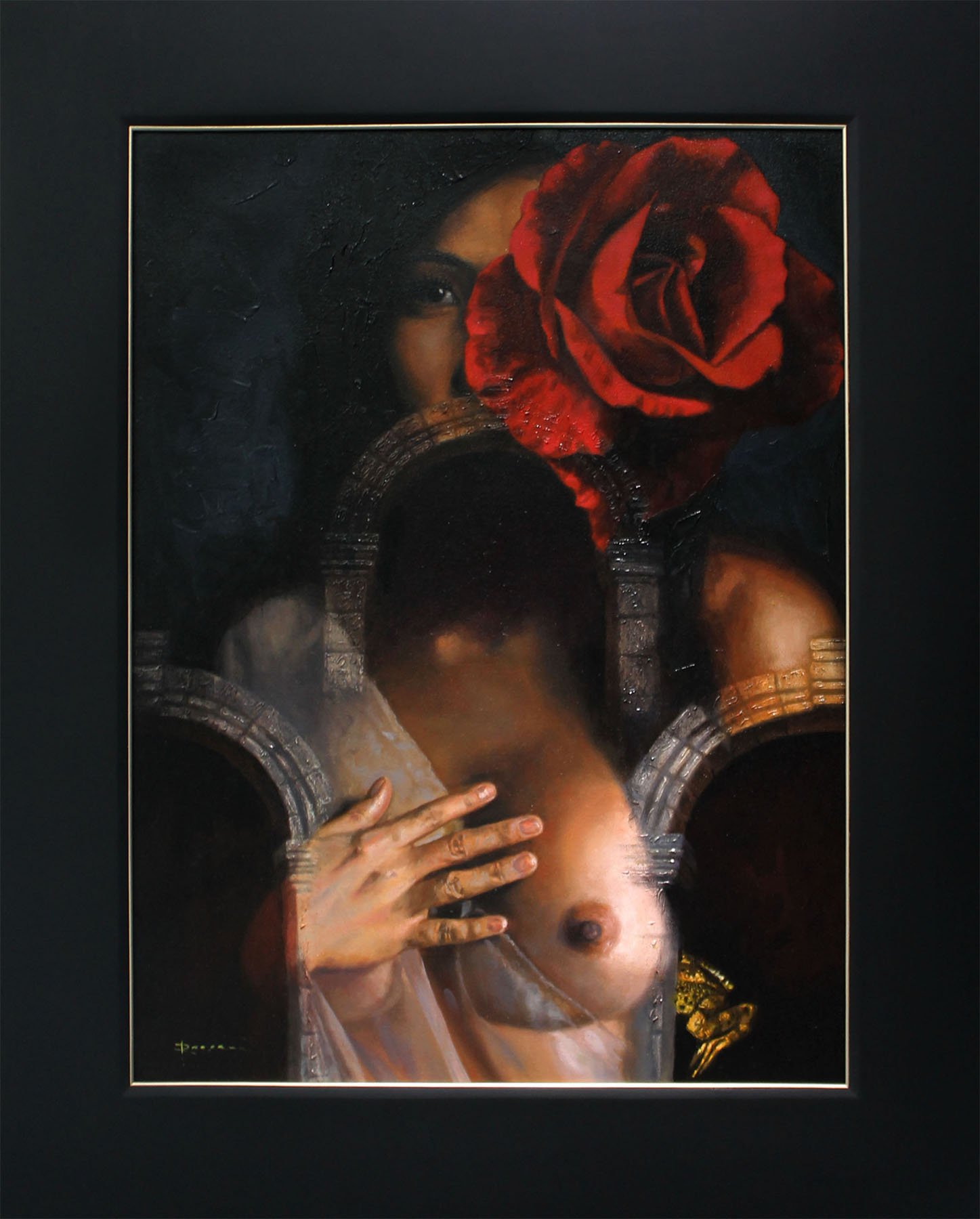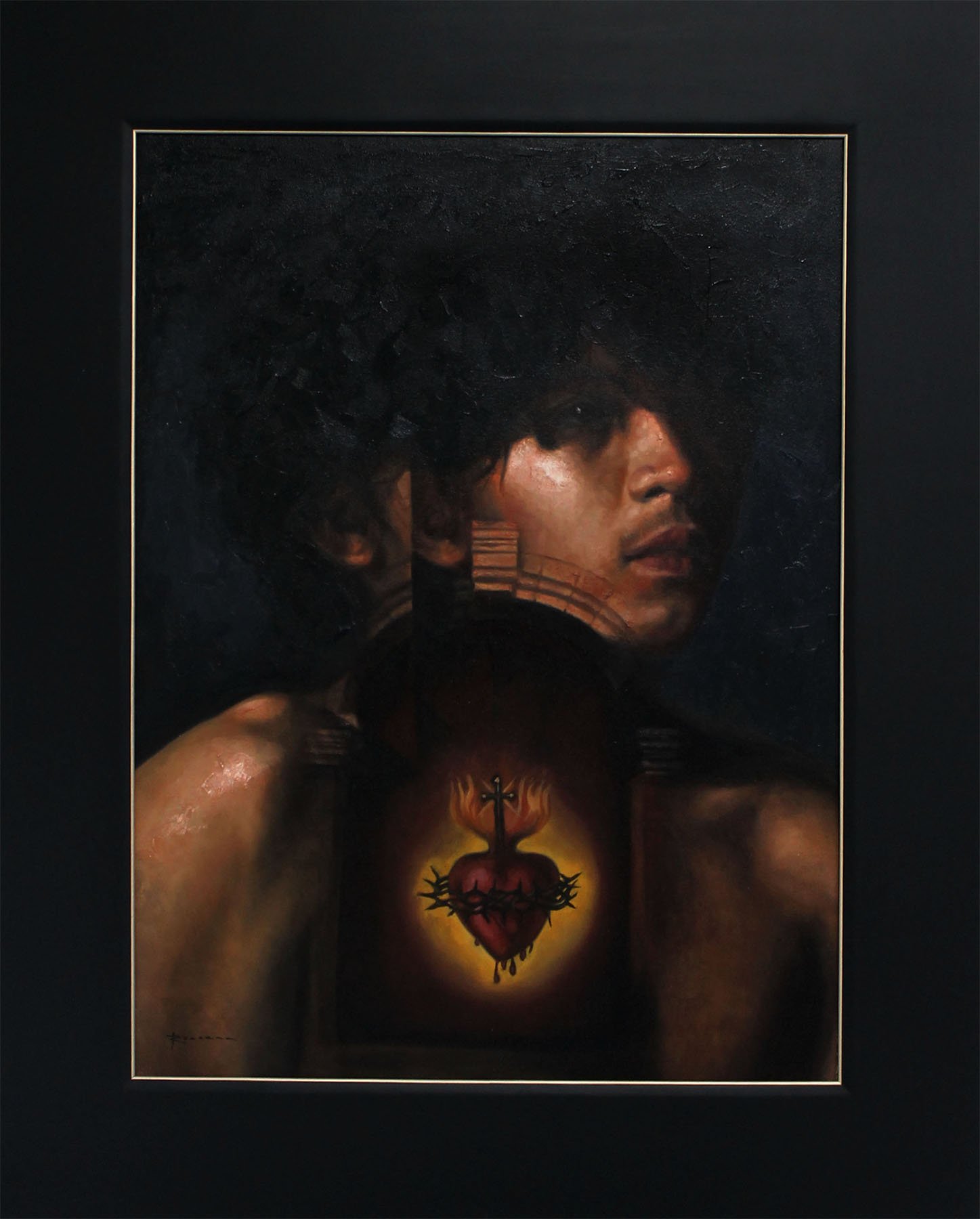What Lives In Our Temple
Start
16 January 2021End
14 February 2021Artist
Robert Besana
Remains of the Day
After staging two concurrent Philippine art fairs around this time last year, where glitz and glamour were blatantly evident, as if on cue, the year 2020 was abruptly reconfigured. As people got infected, artists, who are the most sensitive of beings, were not spared. Not only did the burgeoning art scene adjust with the new normal brought about by the ongoing pandemic, so did the art-making process.
As months went by, and with him experiencing a new found solitude away from his usual students, Besana strips down his bare artistic essentials and reprises his inherent spiritual aura. With waxing sentimentality, he unravels his learnings as we straddle to survive in these desperate times.
It was the apostle Paul, who first wrote in Corinth that the body is referred to as the “temple” and that one need not go to a gilded or ornate structure–to sacrifice or toil—to worship God. Paul went further to say that the body is a place where holiness dwells, where God is there.
What Lives in Our Temple is an exercise in learning and unlearning—both in life and in art. Even Besana himself is amazed at how he has reduced his creative evocations to their barest minimum such as just mixing three colors of oil paints on canvas. Gone are the convoluted trappings and esoteric decorations that filled the empty spaces in his paintings as they only veer away from contemplating the Self.
Portals are the only constant presence in these works. A familiar creative gateway for Besana when he first showed with his art group, Kalye Kolektib, these passageways are manifestations of our faith. Besana has always believed in the Filipino and the way our familiarity and understanding of the ways of our ancestors have helped define us as a people. He finds that the common Filipino folk have always followed their faith rather than what was instructed to them in the pulpit.
For Besana we all are in a pilgrimage now, a rehearsal for when the soul finds its way back to the heavens. Significantly for our ancestors, portals are entrances to the spiritual underworld.
Water is another constant element in Besana’s compositions. A mentor in high school once said to him that only fresh water quenches and can cleanse us of impurities. For Besana, the appearance of water both whips as it purifies you. As one repents for his past sins, the body is relieved from the water’s current making you at peace with God. An allusion of an ocean emanating from the waves doubles from this image to a higher meaning of equanimity.
The Sacred Heart is more than just being spiritual, Besana’s credence is even Biblical — as one must believe and you will see. It has one of the deepest meanings in Christianity — that God’s passionate love for humanity is boundless and will perpetually burn as reflected in the flame.
The third constant in this series, seen in “What Lives in our Temple II”, is Besana’s Rose which is a unique artistic focus integrated into his artistic symbolism. It is a symbol of Christ’s passion representing his precious blood that was offered upon his death on the cross. It also symbolizes the blood of the martyrs who died for our faith. The rose, with its crown of thorns is also a Marian signifier and represents the crucified Christ. The frog in this work is the representation of our human predisposition to sin.
Besana’s What Lives in Our Temple incorporates contemporary visual style using old school aesthetics. His themes revolve around identity and religiosity, the response being visual. For Besana, what is core in the Filipino is his personhood or his pagkatao, the comprehension of which is tied deeply with one’s acceptance and understanding of one’s faith.
- Jay Bautista



